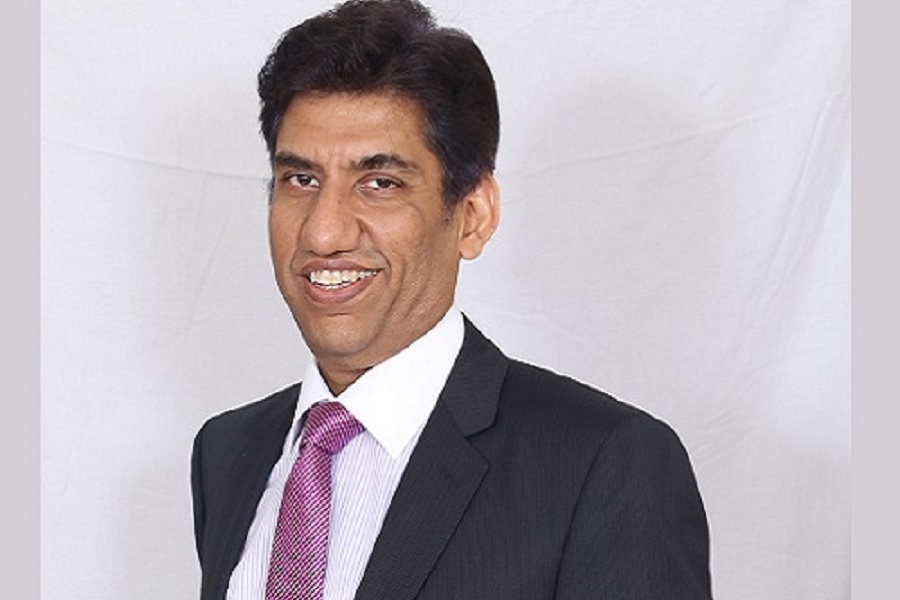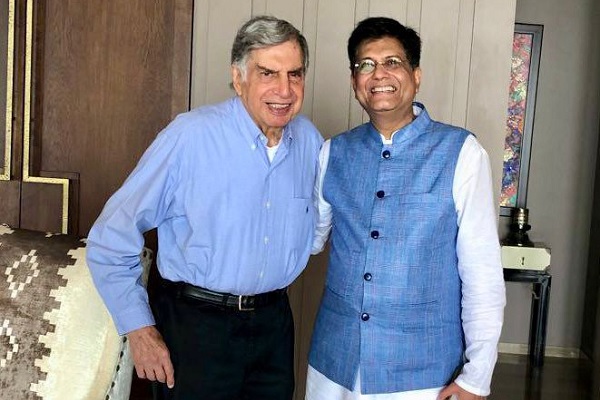Market Outlook By Dr. Vikas Gupta, CEO and Chief Investment Strategist, OmniScience Capital

Below the Quote on Market Outlook By Dr. Vikas Gupta, CEO and Chief Investment Strategist, OmniScience Capital
Inflation Dynamics:
The Wholesale Price Index (WPI) for October rose higher than in September across most segments, with sharp increases in food and primary articles reaching discomforting levels. However, inflation in other categories remains subdued, keeping overall WPI within the RBI’s target range. While vegetable inflation is currently high, it is expected to taper in the coming months.
Corporate Performance:
Corporate India has posted a seventh consecutive quarter of double-digit net profit growth for Q2 FY25, excluding oil and gas companies, which were impacted by weaker refining margins and LPG under-recoveries. Despite this streak, the growth rate has been slowing since the March quarter.
Macroeconomic Sweet Spot:
India’s economy is positioned advantageously, with Moody's projecting GDP growth of 7.2% in 2024, followed by slightly moderated growth in subsequent years (6.6% in 2025, 6.5% in 2026). In Q2 2024, real GDP grew by 6.7% year-over-year, driven by strong household consumption, investments, and manufacturing. Indicators such as robust PMIs, credit growth, and consumer optimism signal continued economic resilience in Q3.
Market Sentiment and Elections
Following the US election results, India’s political focus is shifting to key state elections (Maharashtra, Jharkhand, and Delhi) and the anticipated Union Budget 2025. The Indian equity market has corrected by 9.5% from its recent highs due to slowing urban consumption, especially in relation to products from the large FMCG players, muted demand in key sectors such as autos, staples, and utilities, as well as sustained foreign institutional investor (FII) outflows.
FII selling is not India-centric but a global phenomenon due to US elections
Although FII holdings have declined by only 2.5% since September, the sentiment has turned cautious. Keep in mind that the FII outflows were across global markets due to the US elections. Majority of the developed and emerging markets are down by around 3%-10% over the last one month. China has fallen 20% from its recent peak in October while India is down around 9% from its recent peak. Strong domestic mutual fund inflows reflect resilience and confidence among Indian investors, providing stability amidst volatility. If the FII outflows stop, even without new inflows starting, the domestic inflows themselves are likely to cause a market upswing. Also, as the Trump administration policies start getting clarity the FII inflows are likely to come back to developed and emerging markets.
Interest Rate Outlook
The RBI is likely to reduce interest rates in 2025, albeit at a slower pace compared to the US Federal Reserve. This move is likely to help stimulate growth, as well as, continued government investments in capex and infrastructure is likely to continue having a positive impact on the economy. Corporate earnings should be viewed by separating out resource companies (energy and commodities) and also the so-called favourite large FMCG companies. Exporters (IT and Pharma) are likely to benefit in 2025-2026 with a potential US-India trade deal. RBI rate cuts will help banks in terms of larger demand for credit.
Key Insights for Investors
1. Behavior Over Portfolio: The Scientific Investor succeeds in long-term investments due to originality, character and patience. Having a differentiated investment framework resulting in a highly differentiated portfolio with strong balance sheets and cash flows, persistent competitive advantages, exposure to fast and large growth vectors, and available at significant discounts to their intrinsic values, helps generate alpha over the long-term. Having a bias towards taking advantage of Mr. Markets mistakes especially when he is depressed is a hallmark of the scientific investor.
2. Selective Positioning:
* Despite the fall, valuations are stretched in popular sectors and stocks careful stock selection is paramount. Also, one can look carefully at less popular sectors with strong growth, such as, banking and power, which might prove more lucrative in the long run.
* Prioritize companies with robust fundamentals, clear earnings visibility, and a track record of delivering value.
3. Market Dynamics:
* FII outflows and reduced holdings (down 2.5% since September) have contributed to negative market sentiment. It’s important to note, however, that the actual outflows are a small fraction of total FII holdings.
* Corporate earnings have seen two consecutive quarters of decline, particularly in sectors grappling with demand challenges. However, there are several sectors which have strong growth which is being ignored by the markets.
* Export-import disruptions, compounded by policy uncertainty surrounding the new US administration, may create short-term pressure. However, an emerging trade deal between the US and India could ultimately bolster bilateral trade and strengthen economic ties.
Way Forward
Despite current headwinds, this correction offers a valuable opportunity for disciplined, systematic investments in high-quality companies and promising sectors such as renewable energy, power, cleantech, data centers, digital transformation and AI, fintech, and banking.
To ensure long-term wealth creation:
* Invest in companies available at a discount to intrinsic value.
* Avoid "Capital Destroyers, Eroders, and Imploders"—businesses with unsustainable debt, weak earnings, or lacking competitive advantages.
* Focus on firms with strong fundamentals, high growth potential, and sustainable debt levels.
* Diversify strategically across resilient sectors to create a portfolio positioned for sustained returns amid shifting economic conditions.
Above views are of the author and not of the website kindly read disclaimer
























